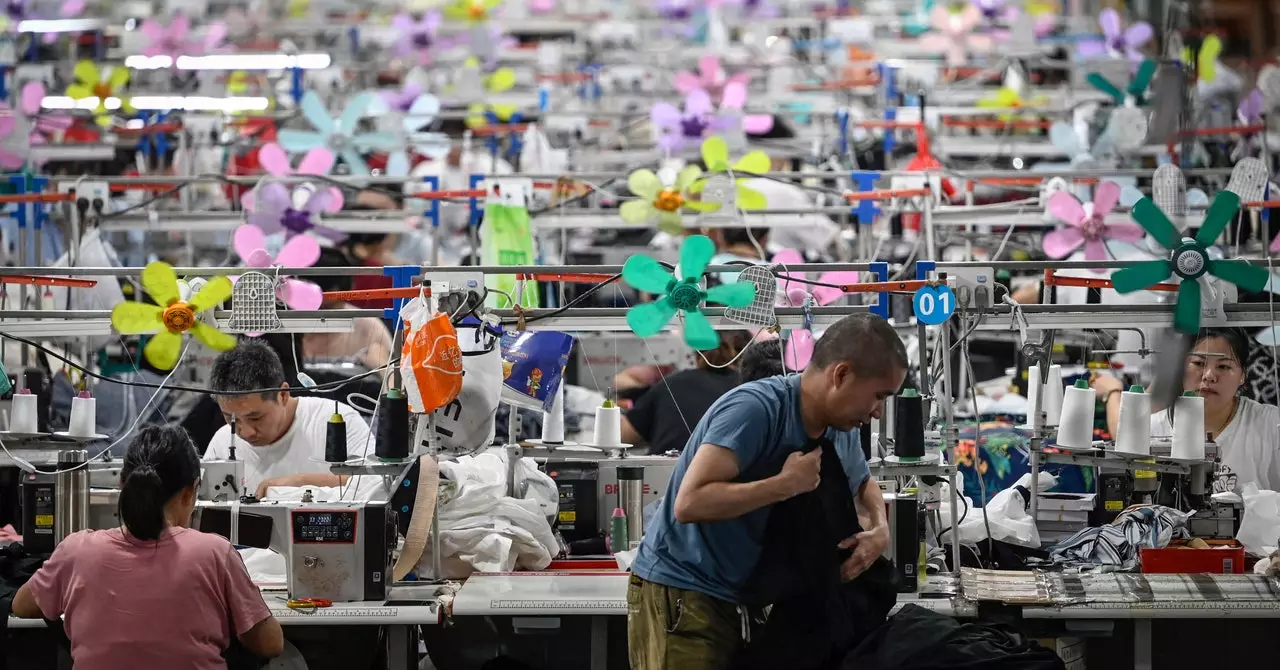In recent years, few names in the fashion industry have risen to prominence as rapidly as Shein. Known for its incredibly low prices and trends that seem to change overnight, Shein has navigated the complexities of global commerce with remarkable agility. However, this meteoric rise comes with substantial ethical and environmental consequences that merit scrutiny.
Fast Fashion Redefined
Launched in 2008, Shein has changed the traditional landscape of retail fashion by adopting an ultra-fast model. The brand is distinguished by its ability to release new items at an astonishing pace—a garment can go from design to sale in just ten days. This speed is facilitated not only by an extensive network of suppliers but also by the integration of sophisticated technologies such as artificial intelligence (AI) to analyze customer preferences and predict demand. Through targeted data collection and real-time analysis, Shein has established itself as a leader in the realm of digital retail, boasting an array of up to 600,000 items at any given moment and demonstrating a revenue generation of over $30 billion in 2023 alone.
Yet, while Shein’s business model capitalizes on consumer immediacy and trending styles, it also raises critical concerns about sustainability. As the fashion cycle accelerates, so too does the environmental toll associated with the production and distribution of vast quantities of clothing.
The Environmental Toll
Despite pledges to reduce carbon emissions by 25% by 2030 and to attain net-zero emissions by 2050, Shein’s impact on the environment remains dire. Reports indicate that the company increased its carbon dioxide emissions from 8.6 million metric tons in 2022 to a staggering 16.7 million metric tons in 2023. This figure mirrors the pollution caused by four coal power plants operating over the course of a year, highlighting the magnitude of Shein’s ecological footprint.
The use of AI, while beneficial for operational efficiency, is indirectly exacerbating these issues. The fast-fashion paradigm thrives on a model that inherently entails high emissions, as the production of garments requires extensive resources—everything from energy for manufacturing to raw materials and transportation. As noted by industry experts, the style of ultra-fast fashion would be unsustainable even without the added layer of artificial intelligence.
Shein’s practices also contribute to alarming levels of textile waste and microplastic pollution, casting shadows over its claims of sustainability. This waste is compounded by the reality that items often end up in landfills shortly after purchase—either discarded because of low quality or simply due to the rapid turnover of fashion trends.
The fast fashion industry has faced consistent criticism for its labor practices, and Shein is no exception. Extensive reports have unearthed labor abuses within its supply chain, revealing exploitative conditions that disproportionately affect vulnerable workers. Critics argue that the relentless push for cheap, trendy clothing undermines ethical labor practices and leads to unacceptable working environments where employees are compensated far below living wages.
While Shein’s engaged with corporate social responsibility initiatives, the gulf between corporate pledges and ground reality raises questions about the actual commitment to labor rights and sustainable practices within its supply chain. Consumers increasingly demand transparency, and brands failing to meet ethical benchmarks face backlash that could impact their long-term viability.
As pressure mounts from activists and concerned consumers, Shein, along with the broader fast-fashion industry, is at a crossroads. Companies need to pivot toward sustainable practices that not only reduce carbon emissions but also take into account ethical labor practices. It is clear that mere pledges to improve sustainability will not suffice; instead, substantial systemic changes are required.
Shein’s future sustainability hinges on its ability to innovate beyond profit-driven motives and embrace eco-conscious business practices that reflect a commitment to both the environment and human rights. Whether or not the brand can transform its operational model in response to these challenges might determine its position in the fast-evolving retail landscape.
The story of Shein serves as a salient case study of the complexities inherent in the ever-expanding fast fashion industry. As trends continue to shift and societal demands evolve, companies must carefully navigate the balance between profit and responsibility, lest they become emblematic of the environmental and social repercussions of unsustainable practices.


Leave a Reply
You must be logged in to post a comment.